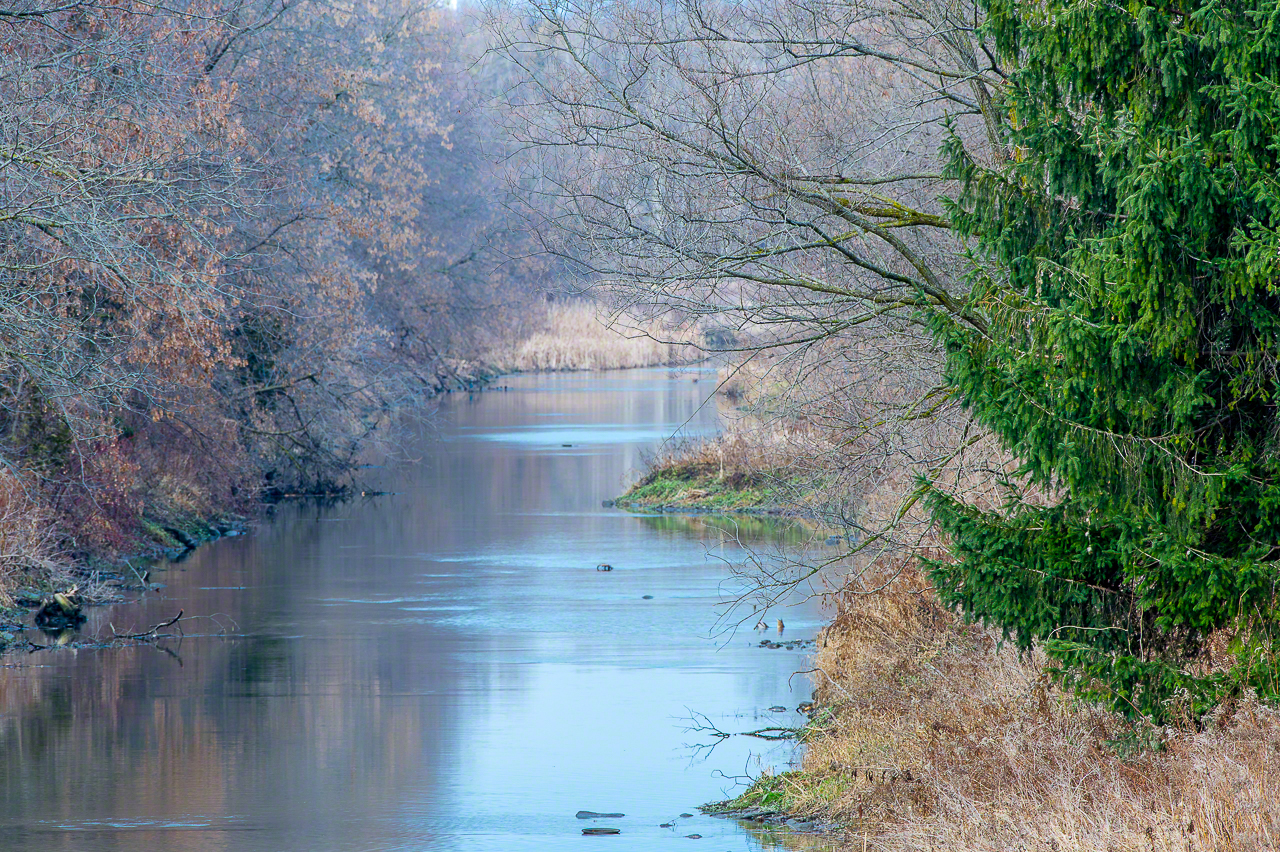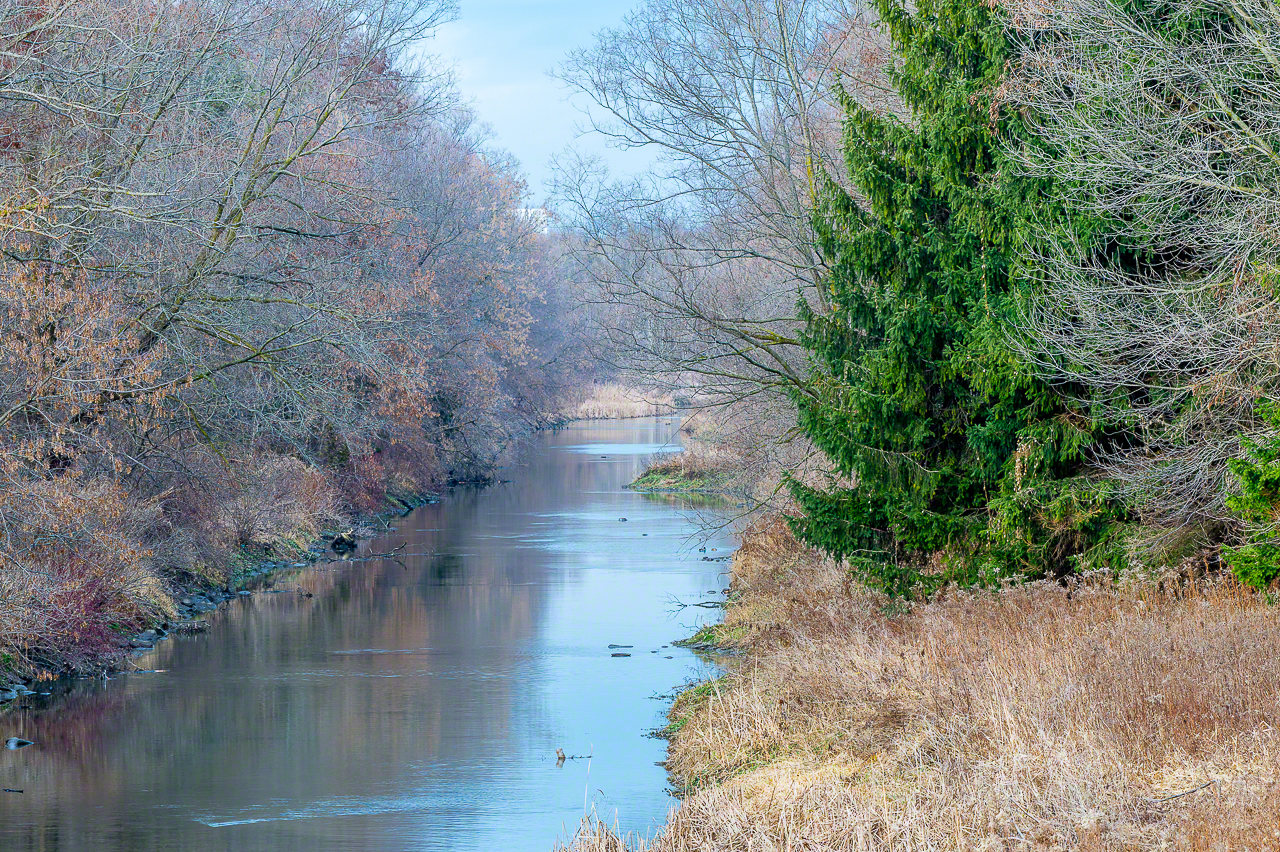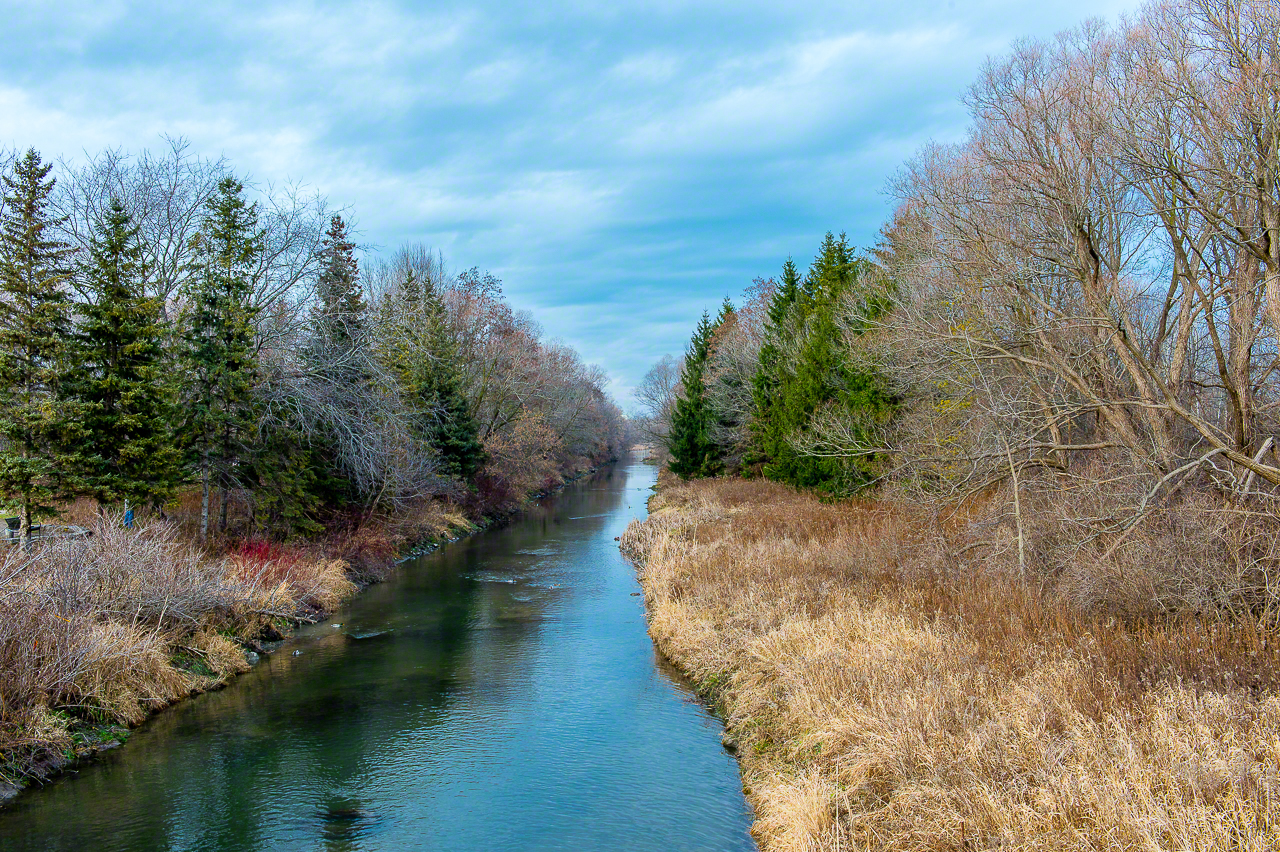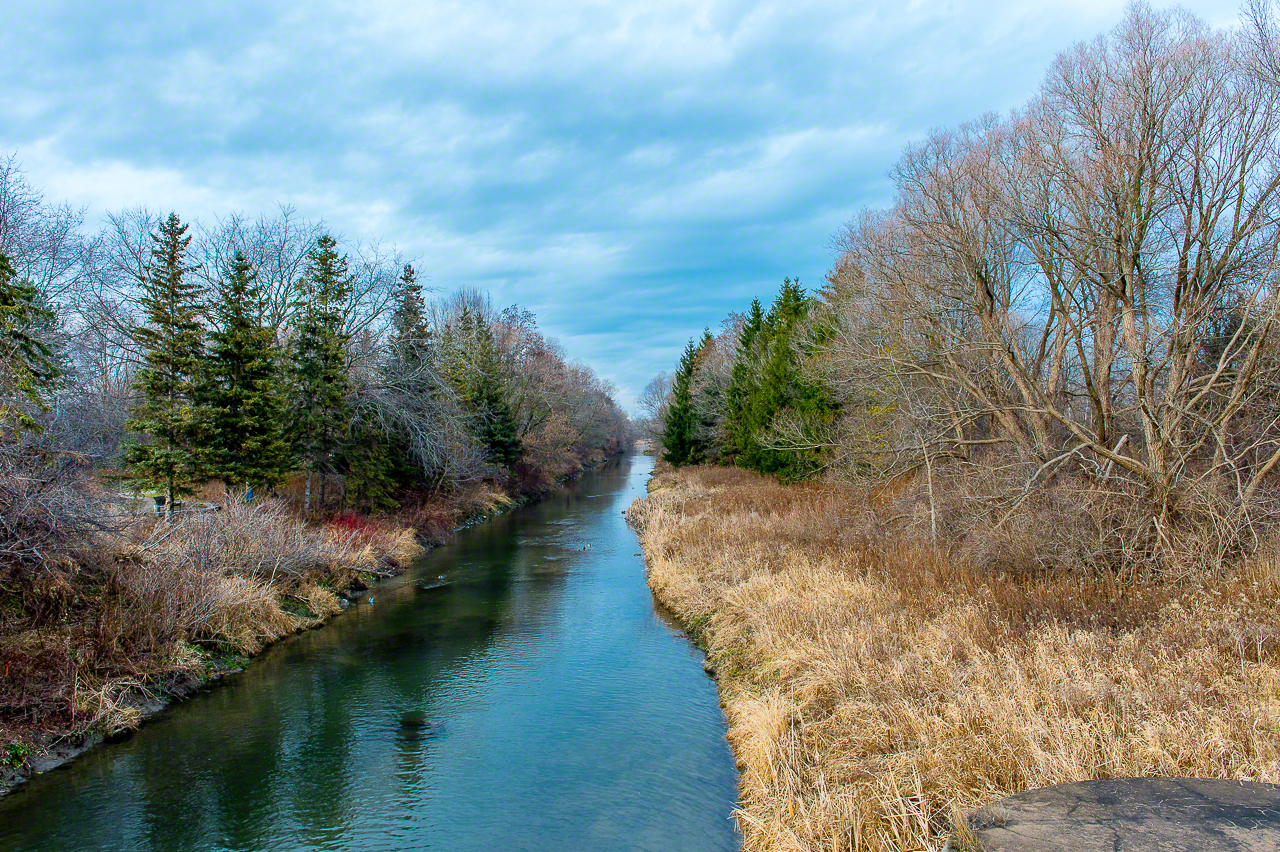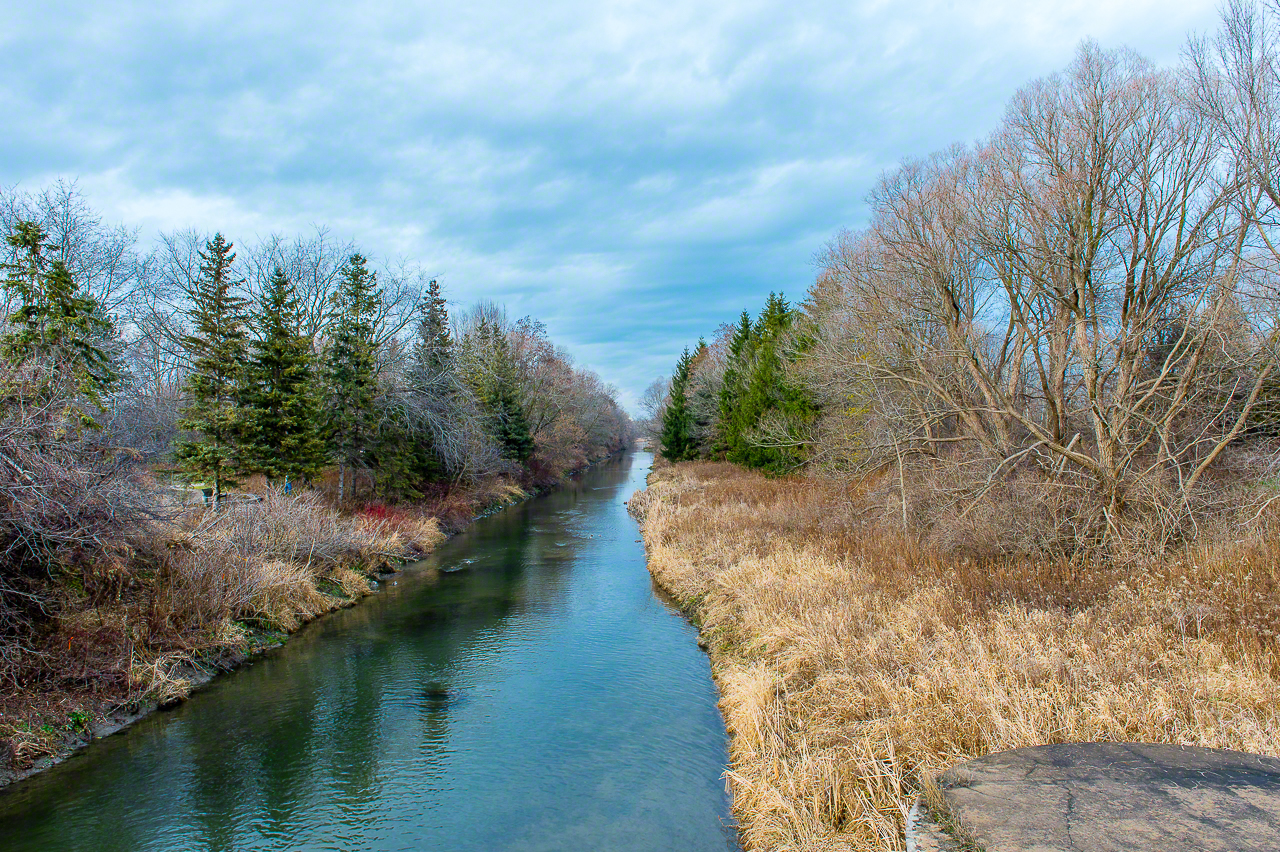Focal Length Comparisons
/Hey gang,
Let's say you are out shopping for Boxing Day, or are so crazy to be shopping today (the 24th) and just aren't quite sure which focal length prime or zoom range to choose for your loved photographer or for yourself. I was out doing some test work with Nikon's new 200mm-500mm today (more on that in it's own review) and put together this simple sequence to give you a sense of what different focal lengths will deliver with the same camera position.
So here's the basic setup. I planted the tripod on the arch of a footbridge and worked my way down from 500mm to 24mm using the 200-500/5.6 and 24-70/2.8 mounted on a D4s body. Gotta love the Nikon people who send me such lovely gear to review!
I did not use any filters on the lenses, but did employ the manufacturer supplied hood for every shot. Whether to use protective filters or not is a very different conversation.
Once I was set up, I locked down the tripod for pan and tilt so there would be no movement as focal lengths and lenses were changed. I had to forego my usual RRS tripod because I misplaced or loaned out my Arca plate for the D4s and instead used a Manfrotto Carbon Fibre 055 leg set and Manfrotto 055 Photo/Video head. It's good gear and certainly capable of holding the equipment I was using. Because I wanted nothing to change, I put the camera on the tripod instead of using the lens foot for the 200-500 as I usually would as I wanted to reduce the number of variables in the exercise. In practice, I would not shoot this way and would normally use a lens foot if one was available.
I make no claims about the interest level of the images, because they are fairly blasé. Regardless they do give you a very good sense of what different focal lengths deliver when shot from exactly the same position. The 50mm focal length image gives you the closest approximation of what the human eye sees, so you can use this as a reference.
Now you have a good idea of what different focal lengths will do, based on both a full frame 35mm sensor. To figure out what would be happening on a crop sensor camera, you would crop in whatever your crop factor is because these are full frame lenses and so will produce an image circle MUCH larger than an APS-C sensor will see. For example, the 24mm full frame view would have a diagonal angle of view similar to an APS-C crop sensor lens with a focal length of 16mm on a Nikon and 15mm on a Canon
Some readers always want to ask if these are straight out of camera. Heck no. I shoot in RAW and that means post processing is required. To be kind, the light was flat. The sky was flat. The colours were flat. I could have picked a lousier day, but it may have taken some time. So for those who care about that sort of thing, here's what I did to the 24mm image and copied as settings to everything else.
- Set the Lens Correction Profile
- Set the Camera Colour Profile to Nikon Standard V2
- Adjusted the Black point to just before it clipped
- Adjusted the White point to just before it clipped
- Dropped the Highlights
- Lifted the Shadows
- Used a moderate curve to get some contrast
- Added a bit of Clarity
- Added a bit of Saturation overall
- Dropped the Luminance on the sky, the golden grass and the red twigs
- Raised the Saturation on all of the items I dropped the Luminance on
- Sharpened fairly aggressively
- Used a very aggressive mask (about 55% of the Sharpness value) to sharpen only element edges not internal content
- Exported as JPEG 1280px long side, 120 ppi
No magic there, pretty much a standard workflow for me.



